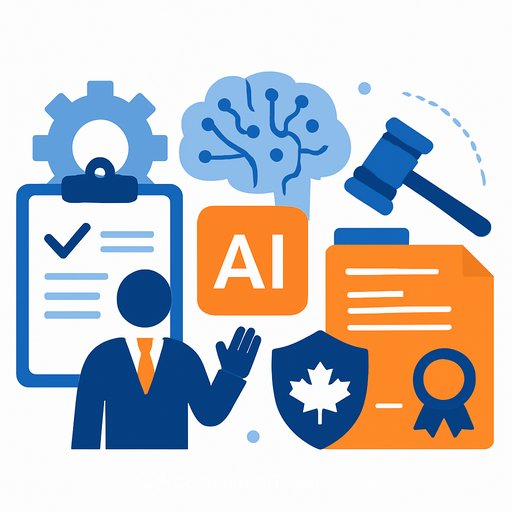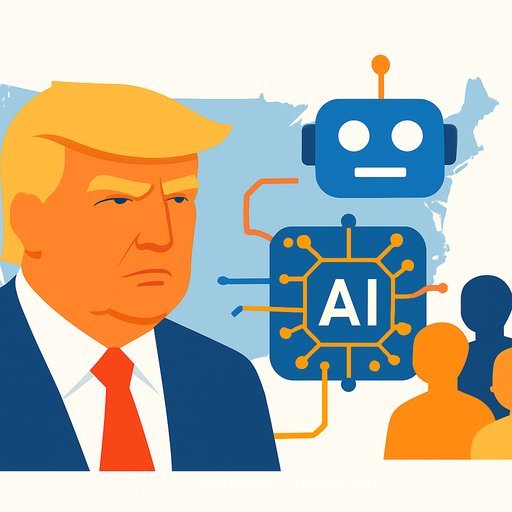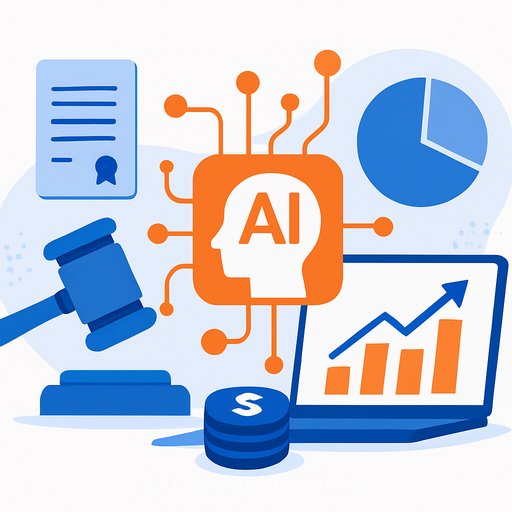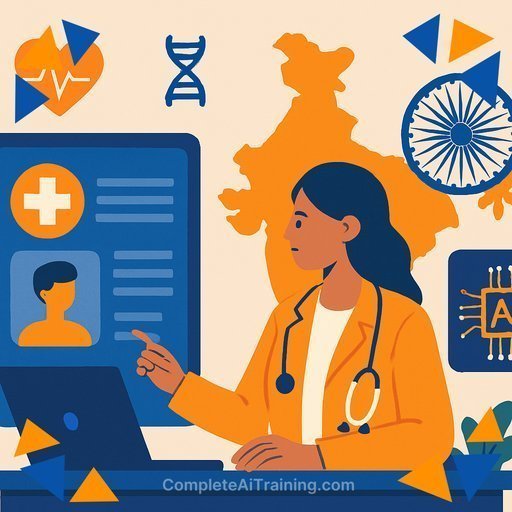Harvey Expands Law School Alliance: What It Means for Faculty, Students, and Firms
Harvey, a generative AI platform built for legal work, announced that it is expanding the law school alliance program it launched last month to additional institutions. The move signals a push to give law students and faculty hands-on access to AI workflows before they enter practice.
For legal professionals, this expansion matters. It builds a talent pipeline familiar with AI-first workflows and sets expectations for how research, drafting, and review will be executed in clinics, coursework, and externships.
What law schools stand to gain
- Curriculum integration: legal research, writing, and clinical courses that include AI-assisted drafting, fact patterns, and issue spotting.
- Faculty support: structured access, sandbox environments, and classroom policies that enforce confidentiality and citation standards.
- Research opportunities: empirical studies on accuracy, bias, and outcomes across practice areas.
How students benefit
- Practical workflows: drafting memos, clause comparisons, discovery requests, brief outlines, and client communication templates.
- Quality control: building habits for verification, citations to primary sources, and redline review.
- Career readiness: familiarity with AI policies, audit trails, and matter-level permissions used by firms.
Use cases that translate to practice
- Litigation: case law summaries with pinned citations, deposition prep outlines, and motion skeletons.
- Transactions: clause benchmarking, term sheet comparisons, and diligence note summaries tied to source documents.
- Compliance: policy drafting with citation mapping to statutes and internal controls.
- Clinics: intake summarization, letter drafting, and checklists with faculty oversight.
What firms and recruiters should watch
- Hiring signals: candidates who can articulate prompts, verification steps, and limits-plus how they preserved privilege and client trust.
- Policy alignment: whether school usage mirrors firm standards on confidentiality, data sharing, and audit logs.
- Training leverage: externship or clinic work that can roll into firm playbooks.
Governance and ethics essentials
- Confidentiality and privilege: no client-identifying data in non-approved environments; use redaction and synthetic examples.
- Citation discipline: always link claims to primary sources; maintain a reference trail for review.
- Accuracy checks: require human-in-the-loop review, redlines, and spot checks against the record.
- Access controls: role-based permissions, matter-level segregation, and export logs.
- Bias and fairness testing: structured evaluation across jurisdictions and fact patterns.
Many states expect lawyers to maintain tech competence. See the ABA's view on competence and technology for context: ABA Model Rule 1.1. For risk frameworks, NIST offers practical guidance: AI Risk Management Framework.
Questions deans and IT should ask before rollout
- Data handling: What is stored, where, and for how long? Is training on school data disabled by default?
- Auditability: Can we export prompts, outputs, and reviewers for coursework and clinic files?
- Source control: Can the tool surface pinned citations with links to primary law and documents?
- Student fairness: How do we grade work that used AI versus work that did not? Are policies clear in syllabi?
- Accessibility: Are accommodations supported for students with disabilities?
Smart next steps for legal leaders
- Define use policies with examples of permitted and prohibited matters.
- Start with sandboxed exercises and non-sensitive data; expand after a pilot and audit.
- Create verification checklists for each course and clinic.
- Align with firm partners on workflows to ease externship and hiring transitions.
If you're building AI fluency across legal roles, you can browse structured options here: Complete AI Training - Courses by Job.
Bottom line: expanding access pushes AI skills upstream-into classrooms and clinics-so new lawyers enter practice with habits that protect clients, respect the record, and speed routine work without sacrificing judgment.
Your membership also unlocks:






